SOURCE: RAUNAK KUNDE / NEWS BEAT / IDRW.ORG
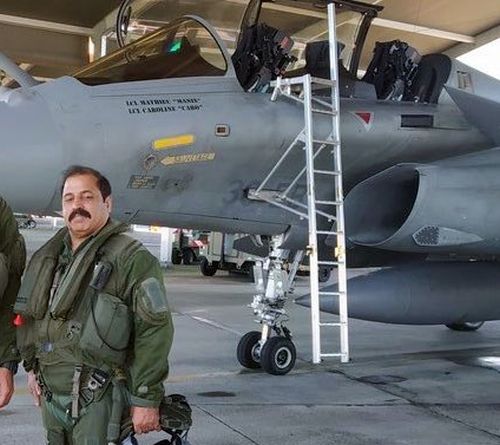
Former Chief of Air Staff Air Chief Marshal RKS Bhadauria’s recent entry into politics, particularly joining the Bharatiya Janata Party (BJP) and the possibility of his candidacy from Ghaziabad, has sparked discussions not only in political circles but also within defence and aerospace communities. Bhadauria, known for his staunch advocacy of indigenous fighter jet programs and strategic defence procurement decisions during his tenure, brings a unique perspective to the political arena.
Air Chief Marshal RKS Bhadauria is renowned for his illustrious career in the Indian Air Force (IAF). As a former test pilot of the LCA-Tejas fighter jet, he played a pivotal role in advancing India’s indigenous defence capabilities. His unwavering support for programs like the Tejas MkII underscores his commitment to bolstering India’s defence industry and reducing reliance on imports for critical defence equipment.
Continue readingSOURCE: AFI

Hindustan Aeronautics Limited (HAL) has delivered two Dornier 228 planes to the Guyana Defence Force, marking a significant development in the growing partnership between the two nations. The aircraft arrived at Cheddi Jagan International Airport on board Boeing C-17 Globemaster military transport planes.
This delivery follows a recent agreement between Guyana and India. The High Commission of India in Guyana, in a social media post on platform X, highlighted the visit of an Indian Air Force team to deliver the aircraft. The post reads, “High Commissioner welcomed IAF team visiting Guyana to deliver the HAL-228 aircraft as part of Line of Credit from India to Guyana,” further adding, “A new chapter in the India-Guyana partnership begins.”
Continue readingSOURCE: IDRW.ORG TEAM.
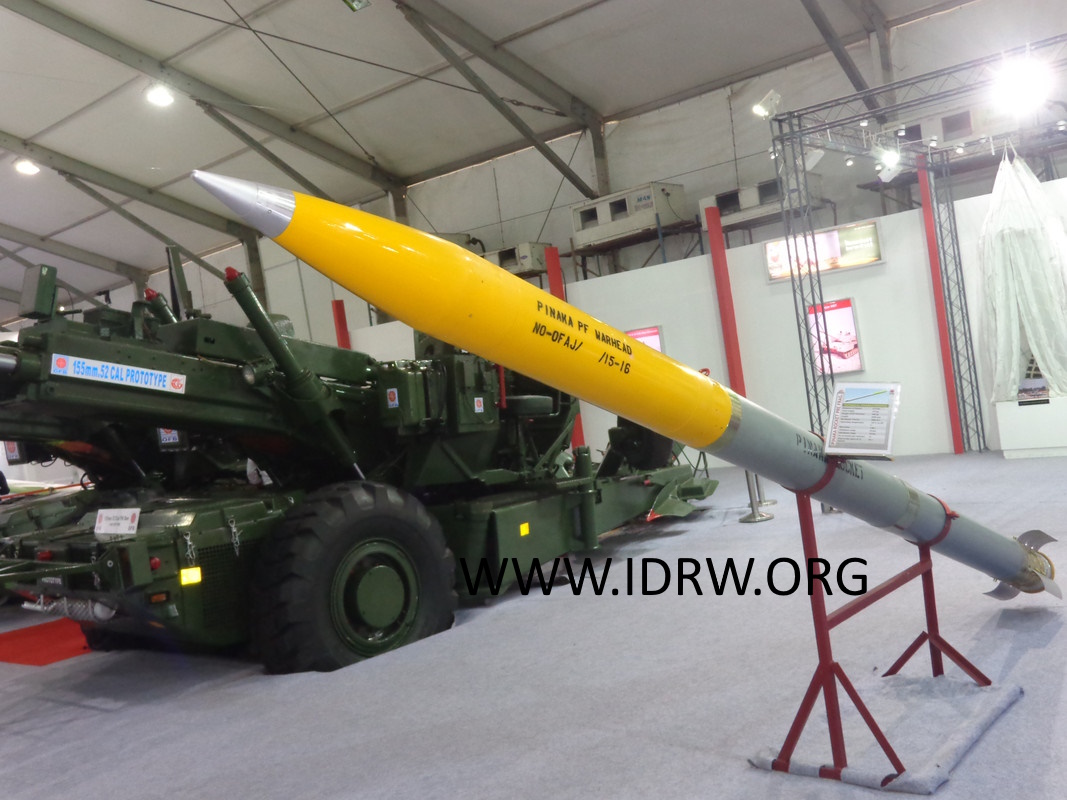
Satyanarayan Nandlal Nuwal, Chairman of Solar Industries India Limited (SOLARINDS), confirmed a significant development for Indian defense exports. Armenia placed orders for three variants of the Pinaka multi-barrel rocket launcher (MBRL) system in a deal valued at US$265 million (?2,000 crore) last year.
This marks the first-ever export of the indigenously developed Pinaka system. Armenia’s order encompasses four Pinaka batteries along with other defense equipment. The Pinaka comes in three variants:
Continue readingSOURCE: IDRW.ORG TEAM.

India’s space ambitions have taken a significant leap forward with the formalization of the New Generation Launch Vehicle (NGLV) project at Sriharikota. Aimed at establishing India’s own space station and lunar exploration missions, the NGLV project represents a bold stride towards self-reliance and innovation in space exploration. Powered by green fuel combinations, boasting higher payload capabilities, and emphasizing reusability, the NGLV promises to revolutionize India’s space program and reduce launch costs significantly.
One of the defining features of the NGLV is its utilization of green fuel combinations such as methane-liquid oxygen or kerosene-liquid oxygen. This environmentally friendly propulsion system not only reduces carbon emissions but also enhances the rocket’s efficiency and performance. With a projected payload capacity of up to 10 tonnes to Geostationary Transfer Orbit (GTO), the NGLV surpasses India’s current heaviest rocket, the LVM-3, by more than double. This enhanced payload capability opens up a myriad of possibilities for launching larger satellites, conducting interplanetary missions, and supporting future space exploration endeavors.
Continue readingSOURCE: AFI
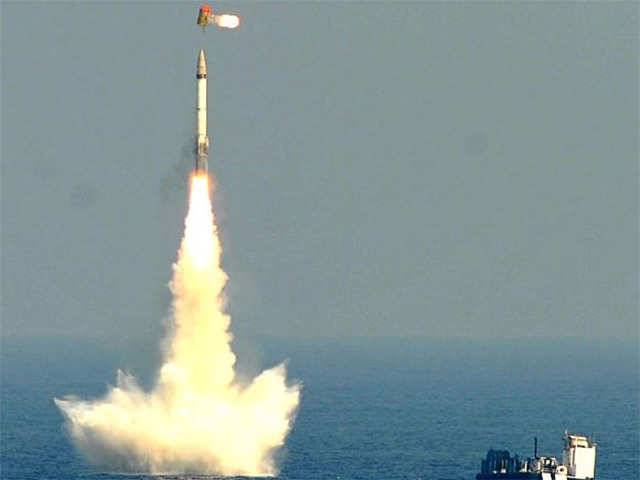
In a recent Hindustan Times column, Admiral Arun Prakash (Retd.), a former Chief of the Naval Staff, called for an expedited development program for the K-series of submarine-launched ballistic missiles (SLBMs). These missiles, designed to be equipped with Multiple Independently Re-entry Vehicles (MIRVs), would significantly enhance India’s nuclear deterrence capabilities.
Admiral Prakash emphasizes the growing importance of a robust underwater leg for India’s nuclear triad – a deterrent system encompassing land-based ballistic missiles, airborne nuclear bombs, and sea-launched ballistic missiles. SLBMs offer a distinct advantage due to their mobility and stealth, making them a critical factor in maintaining credible deterrence.
Continue readingSOURCE: AFI

The Indian Army has taken a major step forward in modernizing its communication infrastructure by issuing a Project Sanction Order (PSO) to two vendors for the design and development of prototypes for the Tactical Communication System (TCS).
The TCS is set to replace the existing Army Radio Engineering Network (AREN) and will boast significantly enhanced capabilities. It will be able to handle the complex communication requirements of Tactical Command Control, Communication & Intelligence Systems, providing the Indian Army with a critical advantage in the field.
Continue readingSOURCE: AFI
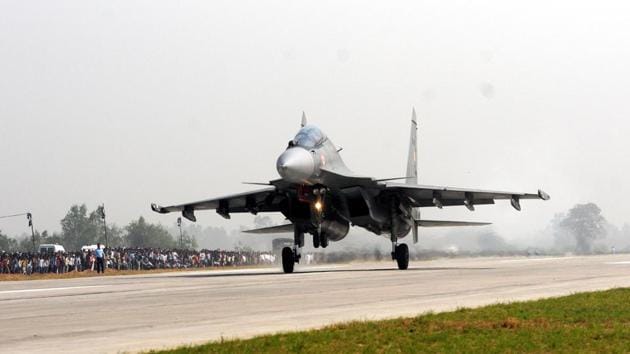
The Indian Air Force (IAF) successfully conducted a trial run of a new emergency landing/take-off strip for fighter aircraft in Bijbehara, Anantnag district of Jammu and Kashmir. This marks a significant development for the region’s security infrastructure.
The construction of this 3.5-kilometer emergency landing strip strengthens the IAF’s operational flexibility in the strategically important region. Previously, fighter jets operating in the area had limited options for emergency landings in case of technical malfunctions or adverse weather conditions.
Continue readingSOURCE: RAUNAK KUNDE / NEWS BEAT / IDRW.ORG
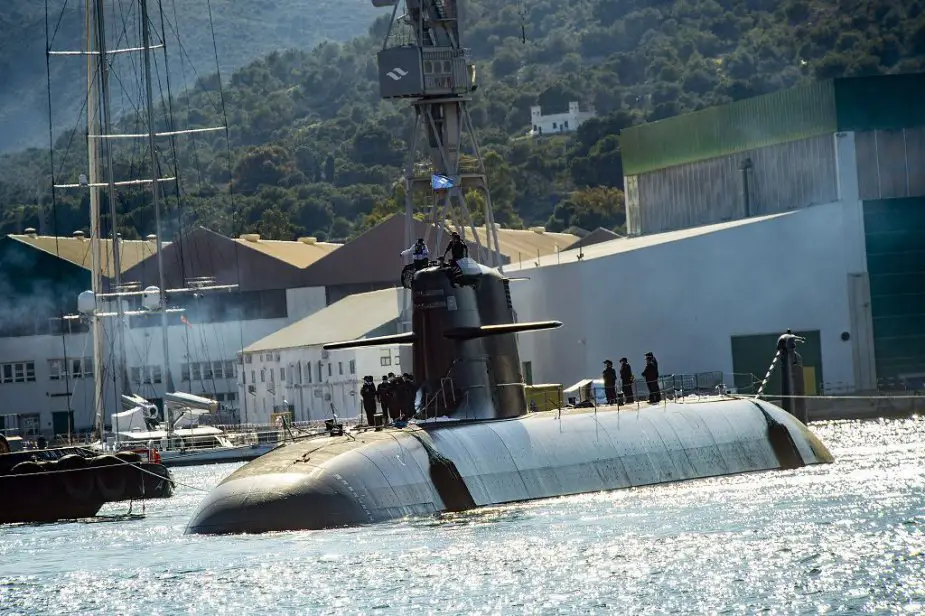
An unnamed Indian Navy official has shed light on the potential replacement for India’s Kilo-class submarines, currently nearing the end of their operational lifespan. The official, speaking to idrw.org, suggests that the Spanish-built S-80 Plus class submarines could be a perfect fit.
The Kilo-class submarines, procured in the mid-1980s, have served India’s maritime interests for decades. Extensive refits and upgrades have extended their operational life, but their time is coming to an end. The Navy is now exploring options for their replacement. Project-75I tender will see induction of six new submarines that will replace order Kilo Class of Submarines.
Continue readingSOURCE: RAUNAK KUNDE / NEWS BEAT / IDRW.ORG
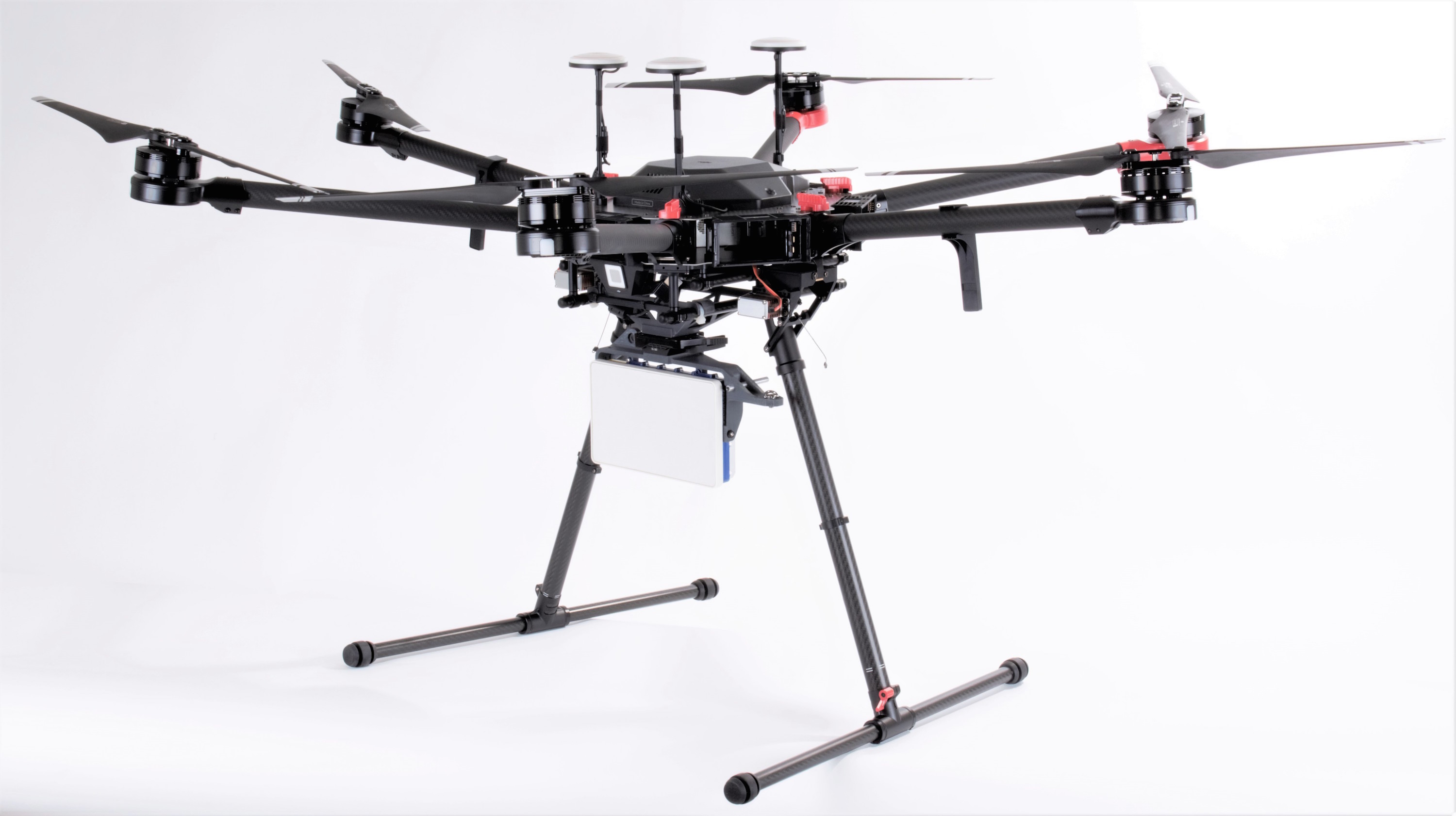
The Indian Air Force (IAF) has expressed keen interest in the development of reconfigurable phased-array radar systems integrated into drones. This technology promises significant advancements in airborne surveillance and target detection capabilities.
Phased-array radars are electronically steered antenna systems that offer several advantages over conventional mechanical radar systems. They can rapidly switch beams in different directions without physically moving the antenna, allowing for faster scanning and improved tracking accuracy. Reconfigurable phased-array radars take this a step further by enabling the dynamic adjustment of beam shape and frequency, providing even greater flexibility in detecting and identifying various targets.
Continue readingSOURCE: RAUNAK KUNDE / NEWS BEAT / IDRW.ORG
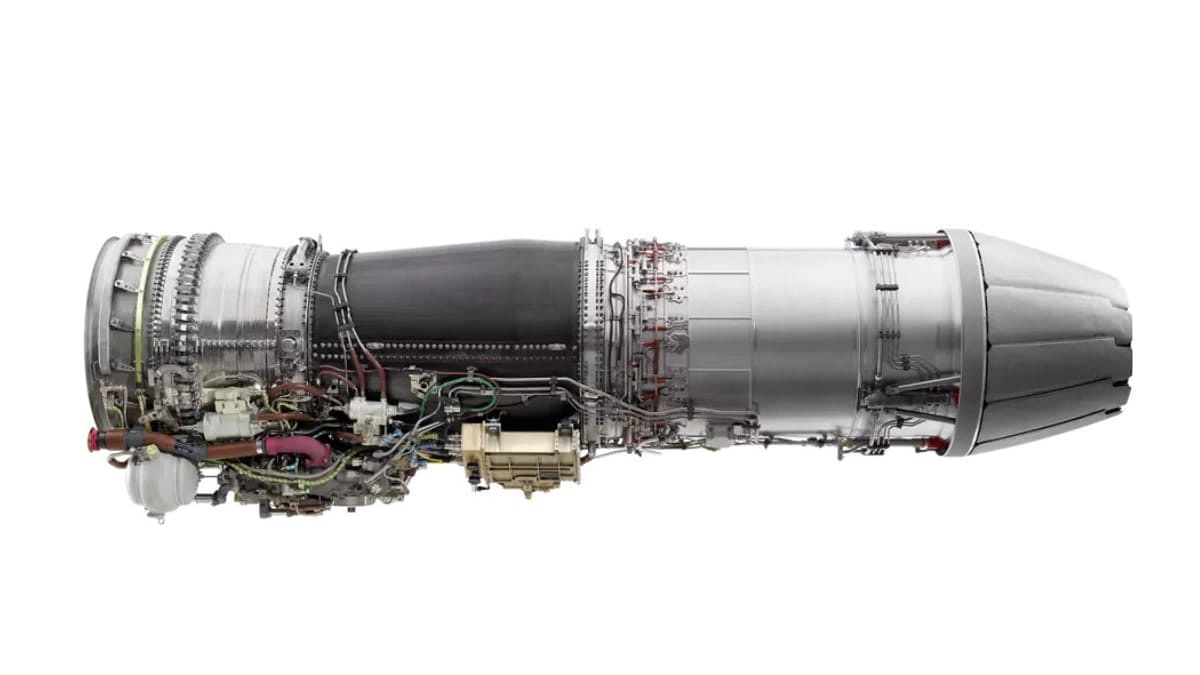
The Aeronautical Development Agency (ADA) has issued a tender for maintenance, testing, and field service support of GE-F404 and GE-F414 engines. These engines are critical for powering various LCA (Light Combat Aircraft) variants, including the Tejas PV, LSP, and NP series. The GE-F414-INS6 engines will also be used in upcoming LCA-AF Mk2 and AMCA fighters.
Currently, ADA manages the maintenance of 10 GE-F404-F2J3 engines, 17 GE-F404-IN20 engines, and 9 GE-F414-INS6 engines. To further enhance its capabilities, ADA has established a comprehensive MRO (Maintenance, Repair, and Overhaul) facility for GE engines at GTRE, Bangalore. This facility includes a module replacement shop and a roof-mounted engine test bed located at Test Cell #5.
Continue readingSOURCE: IDRW.ORG
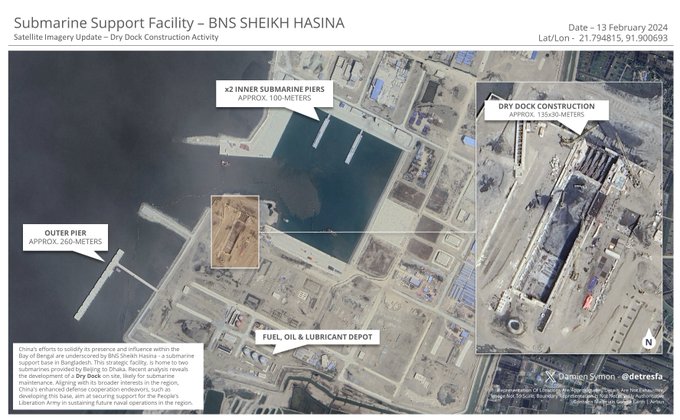
Satellite images reveal the progress of a dry dock at the BNS Sheikh Hasina naval base in Bangladesh, constructed with China’s assistance. This development signifies a deepening defense partnership between the two nations, potentially solidifying China’s influence in the Bay of Bengal region.
The BNS Sheikh Hasina base, located at Pekua in Cox’s Bazar, aligns with Bangladesh’s “Forces Goal 2030” program, a military modernization initiative. The base’s dry dock suggests maintenance capabilities for submarines, raising concerns for India.
Continue readingSOURCE: AFI

In a move likely to inflame tensions, China’s Ministry of Civil Affairs announced the renaming of 30 locations along the disputed border with India, according to the South China Morning Post.
These “standardized” names apply to areas within Arunachal Pradesh, a state which China refers to as “Zangnan” and claims as part of its Tibetan autonomous region. India has consistently rejected China’s claims over Arunachal Pradesh, considering it an integral part of its territory. This latest move by China is seen as an attempt to bolster its territorial claims through name standardization.
Continue readingSOURCE: AFI

In a recent statement, US Ambassador to India, Eric Garcetti, underscored the imperative of maintaining a collaborative stance between the United States and India in the investigation of the thwarted assassination attempt against India-designated terrorist, Pannun.
Central to Ambassador Garcetti’s discourse was the notion of avoiding the establishment of a ‘red line’ in the joint investigation process. By steering clear of arbitrary boundaries, both nations aim to facilitate an exhaustive inquiry that upholds the principles of justice and accountability.
Continue readingSOURCE: IDRW.ORG TEAM.

The Armament Research & Development Establishment (ARDE), a premier laboratory of India’s Defence Research & Development Organisation (DRDO), is seeking a qualified consultant to support the engineering design of next-generation Pinaka rocket warhead systems.
The consultant will be responsible for the meticulous engineering design of various warhead systems and their vital components for the Pinaka rocket family.
Continue readingSOURCE: RAJESH AHUJA / FOR MY TAKE / IDRW.ORG

The potential clash between India’s Rafale fighter jets and China’s J-20s is a topic of intense discussion. While some Indian Air Force (IAF) veterans believe 36 Rafales could overpower 200+ J-20s, the reality is more nuanced. The Rafale does boast of extensive combat experience in Afghanistan, Libya, Mali, Iraq, and Syria. But will this experience translates to pilot proficiency and battle-tested tactics in still questionable.
The J-20, China’s answer to fifth-generation fighter jets, boasts of stealth capabilities and advanced technology. However, its actual combat performance remains untested, raising questions about its true effectiveness. While not officially a 5th generation fighter, the Rafale incorporates many features of this class, including superior avionics, a highly capable radar system, and a wide range of weaponry.
Continue reading